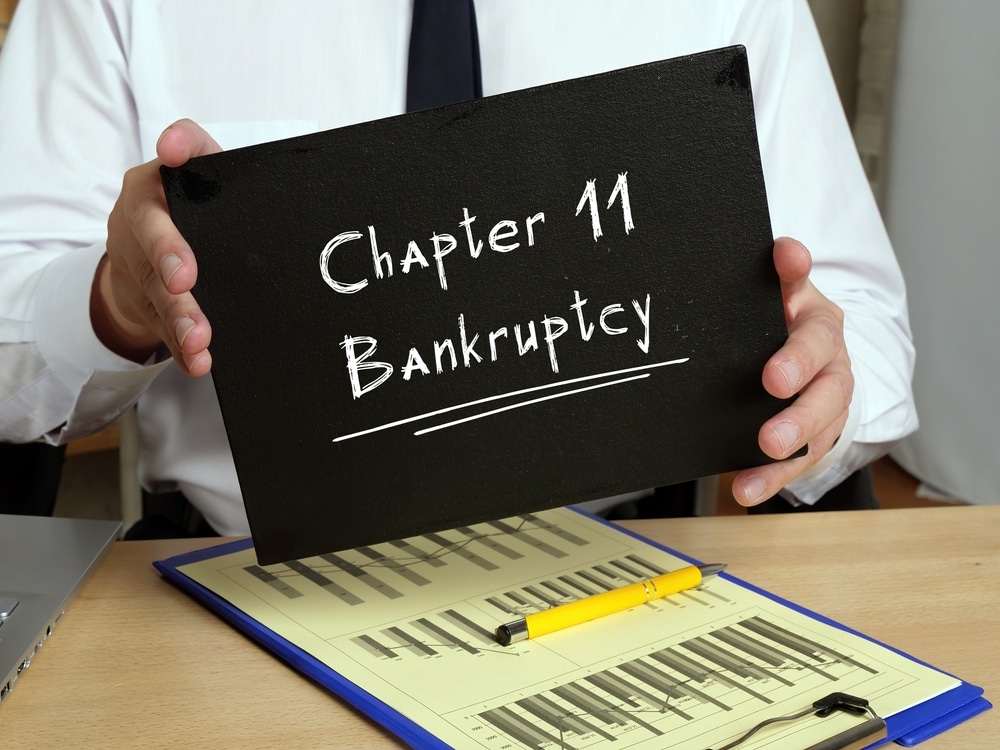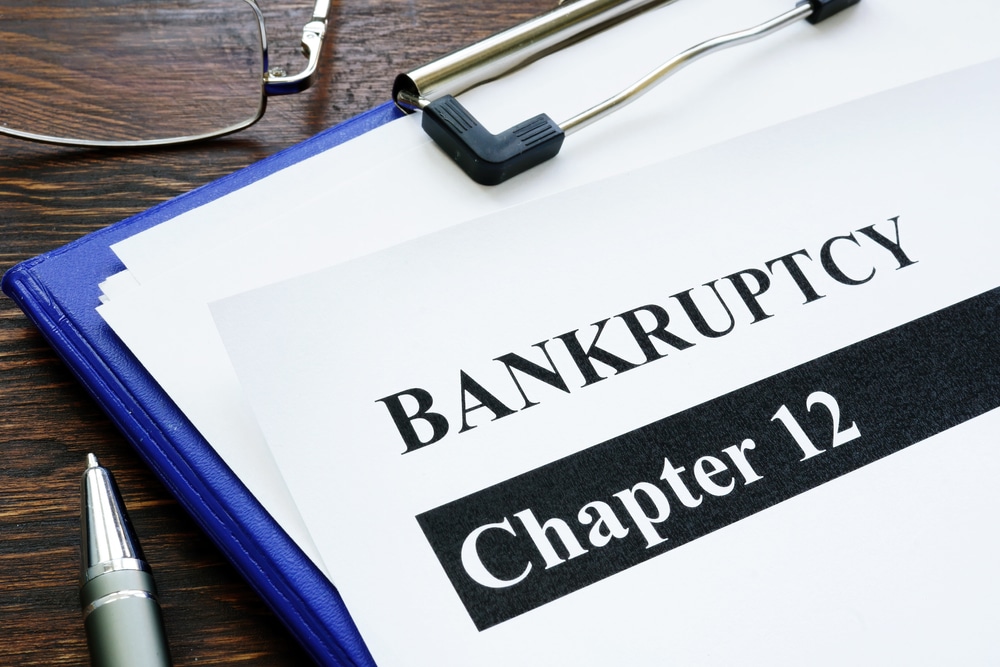Special Bankruptcy Options: Individual Chapter 11 and Family Farmer Chapter 12

Introduction
While Chapter 7 and Chapter 13 represent the most common forms of consumer bankruptcy, specialized options exist for individuals with unique circumstances or complex financial situations. Chapter 11, traditionally associated with business reorganizations, provides options for individuals with higher debt levels or complex assets. Chapter 12 offers specialized provisions for family farmers and fishermen, acknowledging the unique challenges of agricultural operations.
These specialized bankruptcy options reflect Congress’s recognition that certain debtors require more flexible and targeted approaches to debt resolution. Recent years have seen approximately 7,000 Chapter 11 filings annually, with roughly 10% involving individuals. Chapter 12 cases, while fewer in number at around 500 annually, provide crucial protection for America’s agricultural producers.
Understanding these specialized bankruptcy options proves essential for individuals who might not fit within traditional Chapter 7 or Chapter 13 parameters. Each offers unique benefits and challenges, requiring careful consideration of eligibility requirements and operational implications.
Individual Chapter 11 Bankruptcy
Overview and Purpose
Individual Chapter 11 bankruptcy provides a reorganization option for individuals whose debt levels exceed Chapter 13 limits or who require more flexibility in structuring their debt repayment. This chapter allows individuals to restructure both personal and business obligations while potentially maintaining control of their assets and operations.
Unlike Chapter 13, which limits secured and unsecured debt amounts, Chapter 11 has no debt ceiling. This makes it particularly valuable for individuals with significant real estate investments, business interests, or complex asset structures that exceed Chapter 13’s limitations.
The primary goal mirrors business Chapter 11: allowing debtors to restructure obligations while maintaining operations and preserving asset value. For individuals, this often means protecting investments and business interests while addressing personal debt challenges.

Eligibility Requirements
Individual Chapter 11 cases require no specific debt thresholds, though the complexity and cost typically make this option practical only for those with substantial debt or assets. Regular income sufficient to fund a reorganization plan proves essential, whether from business operations, investments, or other sources.
Business involvement isn’t required, though many individual Chapter 11 filers operate small businesses or hold significant investment properties. Previous bankruptcy filings may affect eligibility, with courts considering the circumstances and timing of prior cases.
Key Features
The “debtor in possession” status represents a crucial Chapter 11 feature, allowing individuals to maintain control of their assets and operations while under bankruptcy protection. This differs significantly from Chapter 7’s trustee control or Chapter 13’s strict payment structure.
Plan development offers considerable flexibility, allowing customized approaches to different creditor classes while addressing both business and personal obligations. This flexibility proves particularly valuable when dealing with multiple properties, business interests, or investment vehicles.
Process and Procedures
Filing requirements exceed those of other chapters, requiring detailed financial statements, business operations reports, and comprehensive asset valuations. First-day motions might address crucial operational needs like utility maintenance or employee payments.
The disclosure statement process requires comprehensive information about assets, operations, and reorganization plans, ensuring creditors can make informed decisions about plan acceptance. Confirmation requires meeting specific legal tests while demonstrating plan feasibility.
Advantages and Challenges
Chapter 11’s flexibility in plan structure and asset management represents its primary advantage, particularly for those with complex financial situations. However, this flexibility comes with increased complexity and cost, typically requiring substantial professional support throughout the process.
Success rates for individual Chapter 11 cases tend lower than other chapters, reflecting both complexity and challenging circumstances. Professional guidance proves crucial, with experienced bankruptcy counsel essential for navigating complex requirements.
Chapter 12 Family Farmer Bankruptcy
Overview and Purpose
Chapter 12 provides specialized bankruptcy protection for family farmers and fishermen, acknowledging the unique challenges of agricultural operations. Created during the 1980s farm crisis, this chapter combines Chapter 13’s streamlined approach with additional flexibility for agricultural operations.
The structure recognizes agriculture’s seasonal nature, allowing variable payment schedules aligned with harvest or production cycles. This specialized approach helps preserve farming operations while addressing debt challenges.

Eligibility Requirements
Qualification requires meeting specific “family farmer” definitions, including:
– At least 50% of debt related to farming operations
– More than 50% of income from farming in previous year
– Total debts under $10,000,000 (adjusted periodically)
– Regular annual income sufficient for plan payments
These requirements ensure Chapter 12’s benefits reach its intended audience while maintaining program integrity.
Key Features
Seasonal payment allowances represent a crucial feature, allowing payment schedules aligned with farming income patterns. Asset protection provisions help preserve essential farming equipment and land while operations continue.
Plan flexibility exceeds Chapter 13, particularly regarding treatment of secured claims and payment timing. Modified procedures streamline many aspects of the bankruptcy process, reducing complexity and cost compared to Chapter 11.
Process and Procedures
Filing requirements focus on farming operations’ specific needs, including detailed information about crops, livestock, and equipment. Plan development typically spans three to five years, with payments adjusted to match agricultural income patterns.
The trustee’s role combines Chapter 13’s distribution functions with greater flexibility for operational decisions. Timeline considerations reflect agricultural cycles, with key deadlines often aligned to farming seasons.
Special Agricultural Considerations
Seasonal income handling represents a key feature, allowing payment structures that match farming cash flow patterns. Equipment retention provisions help maintain operational capability, while land preservation tools protect crucial agricultural assets.
Crop and livestock considerations influence both plan structure and implementation, with flexibility for weather impacts and market fluctuations. These provisions acknowledge agriculture’s inherent uncertainties while providing realistic debt resolution paths.
Comparison of Chapters
While both chapters provide alternatives to traditional bankruptcy options, they serve distinct needs. Chapter 11 offers maximum flexibility with corresponding complexity, while Chapter 12 provides streamlined agricultural debt resolution with specialized protections.
Cost differences prove substantial, with Chapter 11’s complexity driving higher professional fees. Success rates favor Chapter 12, reflecting its targeted nature and streamlined procedures.

Making the Choice
Choosing between specialized bankruptcy chapters requires careful evaluation of eligibility requirements, operational needs, and long-term goals. Professional consultation proves essential, particularly given these chapters’ complexity and specific requirements.
Timing considerations often prove crucial, especially for agricultural operations facing seasonal challenges. Alternative options should be evaluated, ensuring the chosen approach best meets both immediate needs and long-term objectives.
Conclusion
Specialized bankruptcy chapters provide crucial options for individuals facing unique financial challenges. Understanding these alternatives helps ensure appropriate chapter choice while maximizing bankruptcy protection benefits.
Success requires careful preparation, strong professional support, and realistic assessment of operational capabilities. While more complex than standard bankruptcy options, these specialized chapters provide valuable tools for addressing unique financial challenges while preserving crucial assets and operations.
